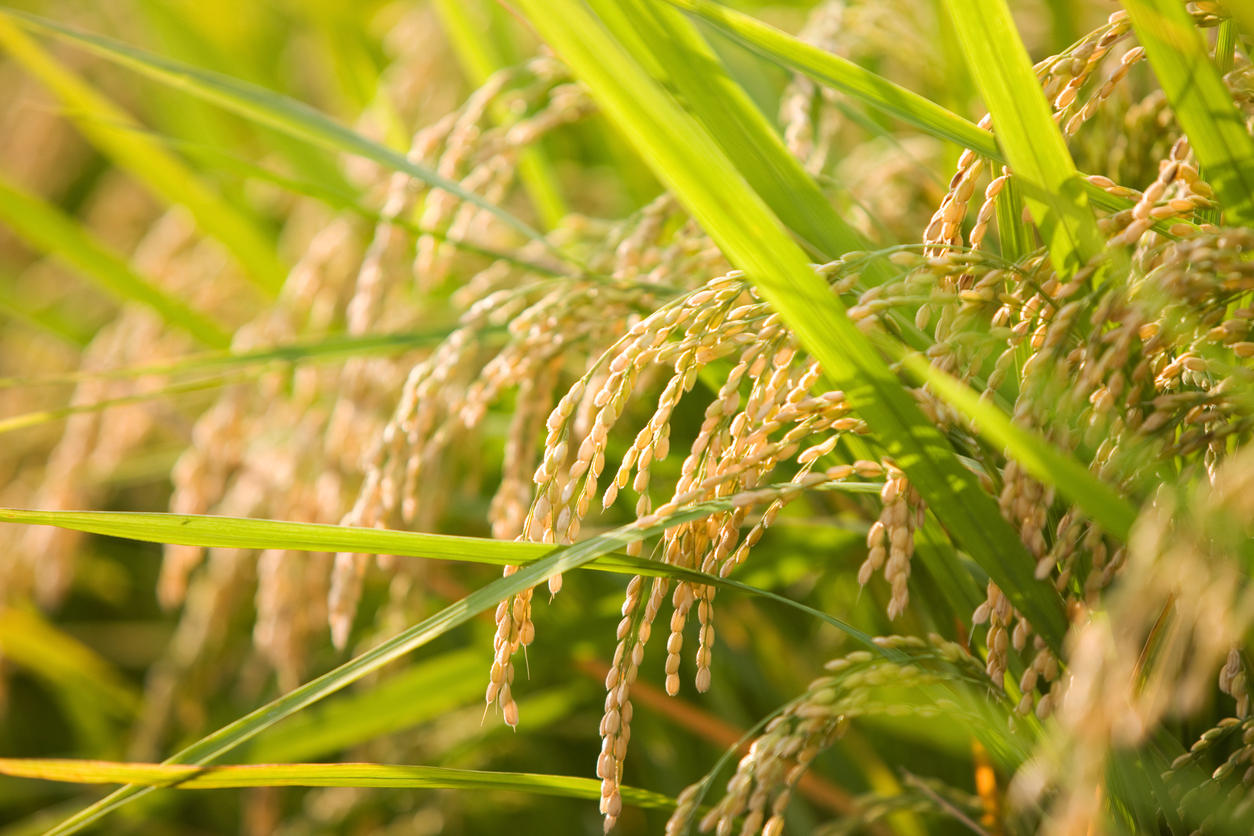
CRISPR-Cas9 Reveals Role of OsPLDα1 in Phytic Acid Biosynthesis in Rice Grains
October 10, 2019| |
Phosphorus-containing compounds such as phospholipids and phytic acid are vital in rice. Phytic acid is a major antinutrient, which decreases the bioavailability of essential micronutrients to humans and animals. In a study published in the Journal of Agricultural Food Chemistry, researchers used CRISPR-Cas9 to investigate the interplay of phospholipids and phytic acid in rice grains.
Mutants of a phospholipase D gene (OsPLDα1) were generated by the researchers using CRISPR-Cas9 and then they analyzed the mutational effect of phytic acid in rice grains. Profiling of the metabolites of the two ospldα1 mutants showed depletion in the phosphatidic acid production and lower accumulation of cytidine diphosphate diacylglycerol and phosphatidylinositol. Reduction of phytic acid content was also observed, together with the alteration in the expression of key genes in the phytic acid biosynthesis.
Results indicate that OsPLDα1 not only plays a vital function in phospholipid metabolism but also is involved in phytic acid production, most probably through the lipid-dependent pathway, revealing a new possible pathway to regulate phytic acid biosynthesis in rice.
Read the research article in the Journal of Agricultural and Food Chemistry.
| |
You might also like:
- Pocket K No. 54: Plant Breeding Innovation: CRISPR-Cas9
- Expression of Phytase Gene in Wheat Endosperm Increases Availability of Iron and Zinc
- Overexpression of HvPAPhy_a Gene Increases Phytase Activity in Mature Barley Straw and Grains
Biotech Updates is a weekly newsletter of ISAAA, a not-for-profit organization. It is distributed for free to over 22,000 subscribers worldwide to inform them about the key developments in biosciences, especially in biotechnology. Your support will help us in our mission to feed the world with knowledge. You can help by donating as little as $10.
-
See more articles:
-
News from Around the World
- Engaging Editors Crucial for Improved Science Reporting in Kenya
- Genome Sequences Hint at Domestication of Pineapple
- Argentina Approves 60th GM Seed
- Pakistan Media, Other Stakeholders Briefed on Crop Technologies
- PH Biotech Community Zooms In on Regulation of Genome Edited Plants in the Country
- Researchers Crack Complete Genome of Soybean Rust Pathogen
-
Research Highlights
- Search for the Brown Planthopper Resistance Gene in Vietnamese Native Rice Varieties
- Scientists Engineer Plants to Make Infant-friendly Fat Molecules for Formula Milk
-
Plant
- Semi-dwarf Rice Developed by CRISPR-Cas9-directed Mutagenesis of OsGA20ox2
- CRISPR-Cas9 Reveals Role of OsPLDα1 in Phytic Acid Biosynthesis in Rice Grains
-
Read the latest: - Biotech Updates (December 17, 2025)
- Gene Editing Supplement (December 17, 2025)
- Gene Drive Supplement (February 22, 2023)
-
Subscribe to BU: - Share
- Tweet

